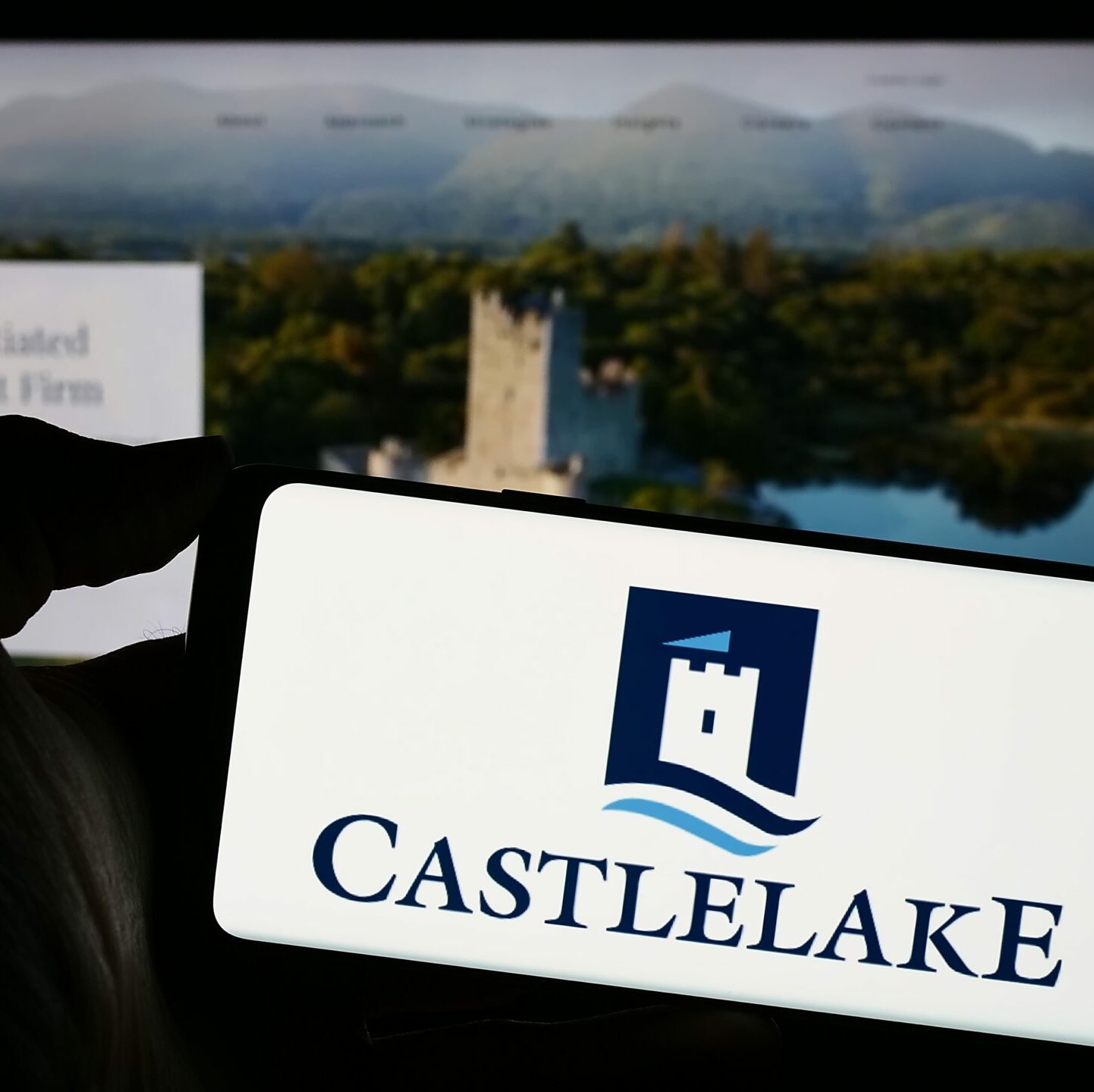Private equity firms’ knowledge of the insurance market and strategic use of cover remains relatively limited, according to research undertaken by Gallagher, one of the world’s largest insurance broking, risk management and consulting services companies.In Q1 this year, just 17 per cent of firms reported a comprehensive knowledge and awareness of the insurance market and use of cover for capital efficiency. Comprehensive knowledge levels were similarly low among US and UK-based firms, falling to 13 per cent for Asia-based firms. A higher proportion of respondents from larger funds (28 per cent) reported higher levels of knowledge.
Just half (51 per cent) of the global private equity firms are aware that there are specific policies providing cover against long-tail transitional tax risks.
Given the wide variation in investment approaches, time horizons and governance structures across the private equity industry, there are significant differences in the way firms purchase and structure their insurance cover.
More than half (56 per cent) of global private equity firms buy insurance at fund/firm level, and on behalf of portfolio companies.
Just under one third (31 per cent) of firms buy insurance at firm/fund level only, with underlying portfolio companies responsible for structuring and purchasing their own cover. This trend was higher in US and UK markets (32 per cent and 33 per cent respectively) versus 26 per cent among Asia-based firms.
A higher proportion (33 per cent) of growth equity firms buy cover solely at firm/fund level, versus 24 per cent among buyout firms, reflecting the likely differences in ownership with buyout firms generally taking majority stakes in their portfolio companies.
One fifth of global firms buy insurance for acquisitions on an individual, deal by deal basis.
When it comes to buying insurance cover at firm level, more than half (53 per cent) of global private equity firms’ insurance is bought by Chief Financial Officers or Finance Directors, rising to 63 per cent in Asia. Less than a third (27 per cent) buy insurance via a dedicated risk manager, rising to 38 per cent in the UK and falling to just 15 per cent in the US.
The most common types of cover bought by global private equity firms were property (41 per cent) and warranty & indemnity (36 per cent), closely followed by public liability (35 per cent), professional indemnity (34 per cent) and directors’ & officers’ (34 per cent) insurance. US-based firms placed relatively greater importance on buying standalone cyber cover (28 per cent) compared to UK (26 per cent) and Asia-based (24 per cent) private equity firms.
When asked which insurance policies private equity firms assessed during the due diligence process of an acquisition, UK-based firms looked most closely at employer liability (44 per cent), firms based in Asia prioritised property (56 per cent) and public liability (46 per cent), whereas US-based firms, aside from property and employer liability, paid most attention to assessing directors’ & officers’ (34 per cent) insurance compared to their UK and Asia-based counterparts.
Charles Russell, head of transactional risks, Gallagher says: “While it is encouraging to see that the majority of global private equity firms have some understanding of the insurance market, there is some way to go before the use of insurance as a strategic tool becomes widespread.
“In today’s uncertain landscape, with illiquidity and balance sheet exposure a concern for both general and limited partners, improving deal certainty, enhancing a negotiating position, or mitigating certain financial risks should be prioritised.”






